Description
High dynamic response, efficient vibration suppression
High dynamic response
A speed loop response bandwidth of up to 2.8kHz can meet equipment scenarios with fast response speed and high precision requirements.
The resonance suppression control algorithm can effectively shorten the setting time, eliminate mechanical resonance, and make path tracking smooth and accurate.


Resonance frequency automatic inspection, with stronger usability.
The accuracy of vibration frequency recognition has been improved by 50% (compared to DS5L1).
The resonance frequency analysis time is reduced by 50% (compared to DS5L1).
Standard dynamic braking to ensure equipment and personal safety
When the motor is running, in the event of a power outage or alarm, it will be turned off, and the three-phase circuit of the motor will be short-circuited. The servo motor will quickly stop, ensuring the safety of the operator and the machine equipment.
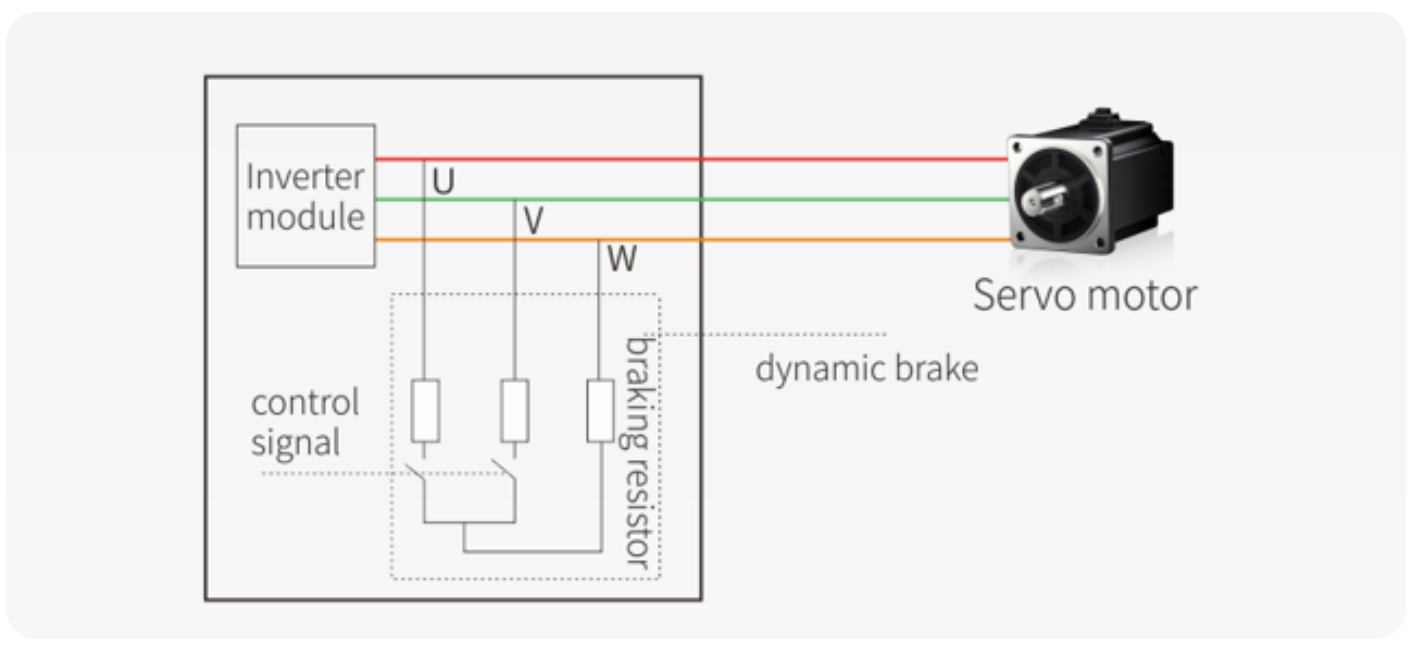

Multiple protection functions
Support multiple protection functions, such as P+ overcurrent protection, ground short circuit protection, P- overcurrent protection, etc., with ultra-low failure rate, users can use it with peace of mind.
High-resolution encoder for higher positioning accuracy
Equipped with a high-resolution encoder, 19-bit magnetic encoder, and 23-bit optical encoder, it can help improve the low-speed vibration suppression ability of the servo motor, reduce speed fluctuations, and make the servo system run more smoothly and accurately
Suitable for high protection single/multi-turn integrated motors
Suitable for MS6-B3 series high protection single/multi-turn integrated motors, with simpler and more convenient selection.
Perfect compatibility, ultra-high cost-effectiveness, and barrier-free machine replacement
The DS5L2 series is fully compatible with all functions of the DS5L1 series (in the same frequency range), ensuring worry-free replacement.
Easy to debug, convenient to operate, and saves maintenance time
Convenient terminal design for operation
Improve wiring efficiency and save maintenance time.
Easy debugging, reducing debugging time
Gain adjustment is free, with strong parameter applicability.
Users do not need complex gain tuning; debugging is simple and convenient, and can greatly shorten debugging time.

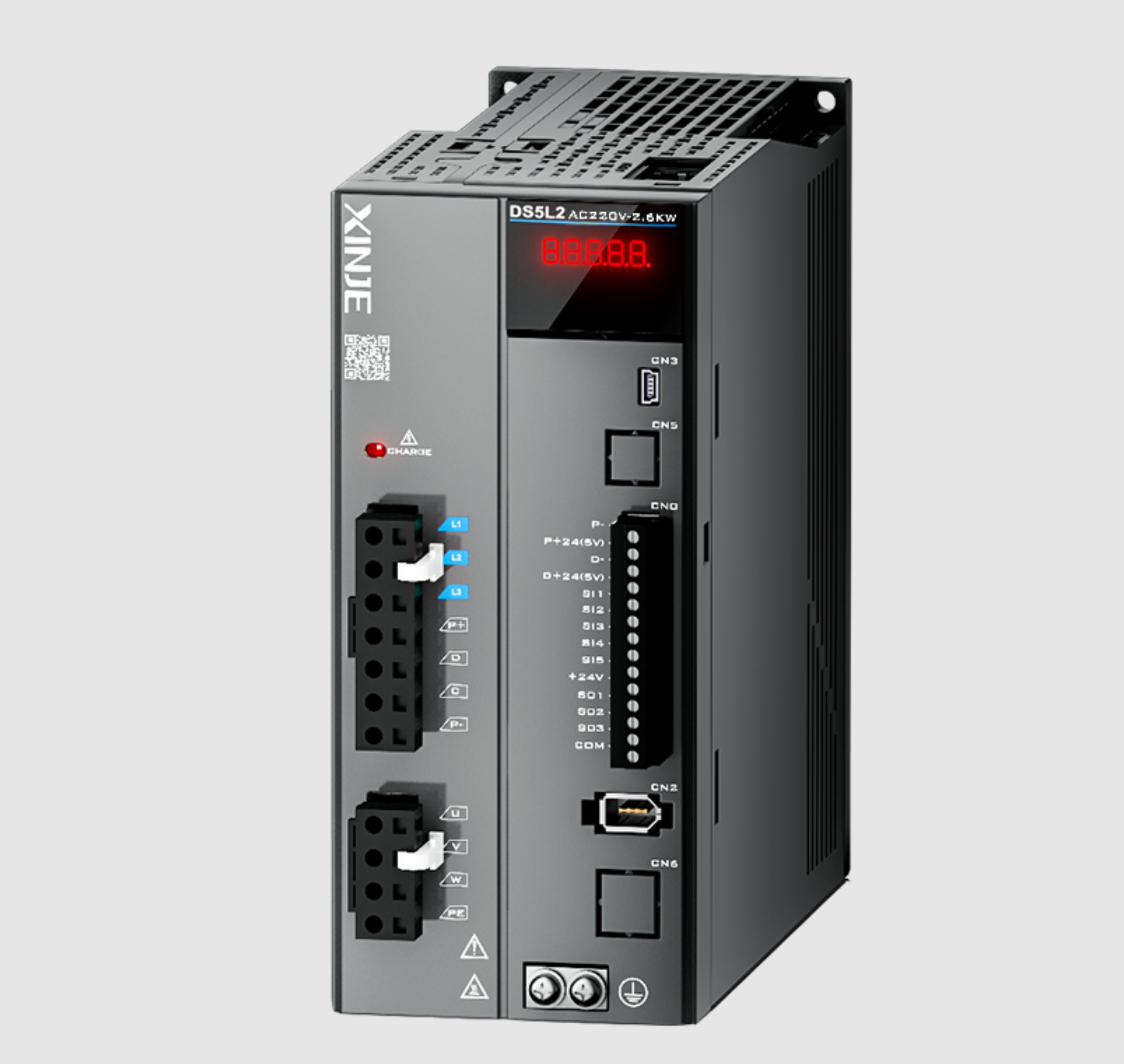




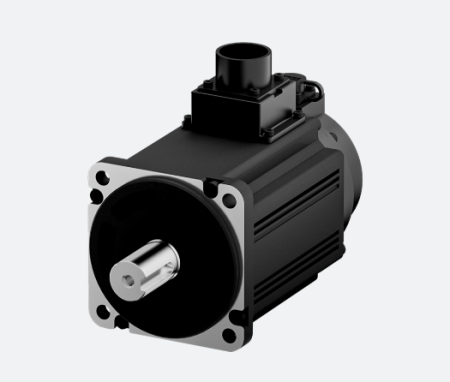
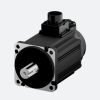
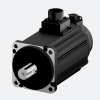

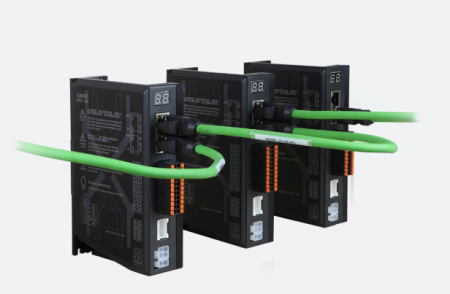
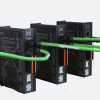


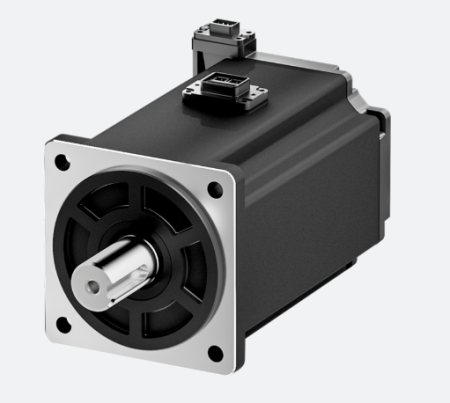
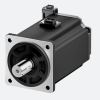
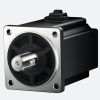
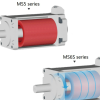
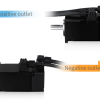


There are no reviews yet.